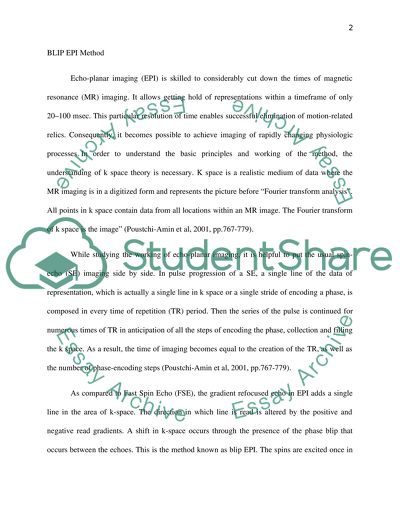Cite this document
(“Echo-planar Imaging in Magnetic Resonance Imaging Essay”, n.d.)
Echo-planar Imaging in Magnetic Resonance Imaging Essay. Retrieved from https://studentshare.org/physics/1456467-epi-in-mri
Echo-planar Imaging in Magnetic Resonance Imaging Essay. Retrieved from https://studentshare.org/physics/1456467-epi-in-mri
(Echo-Planar Imaging in Magnetic Resonance Imaging Essay)
Echo-Planar Imaging in Magnetic Resonance Imaging Essay. https://studentshare.org/physics/1456467-epi-in-mri.
Echo-Planar Imaging in Magnetic Resonance Imaging Essay. https://studentshare.org/physics/1456467-epi-in-mri.
“Echo-Planar Imaging in Magnetic Resonance Imaging Essay”, n.d. https://studentshare.org/physics/1456467-epi-in-mri.


